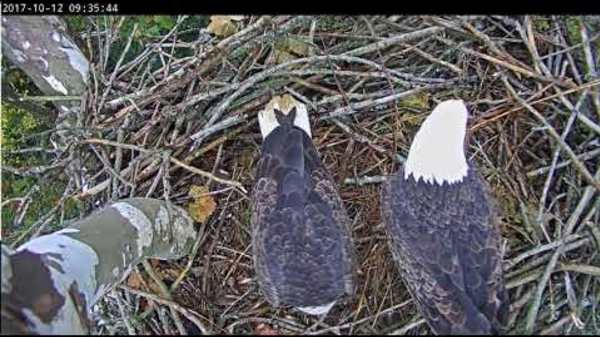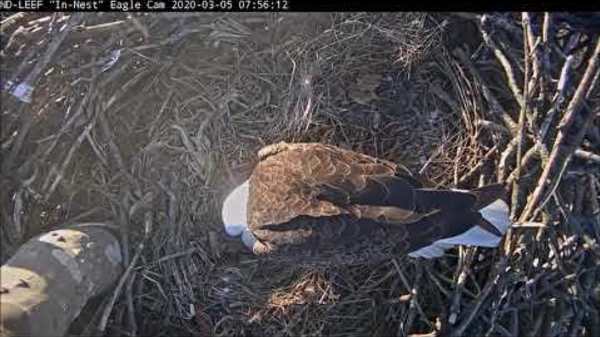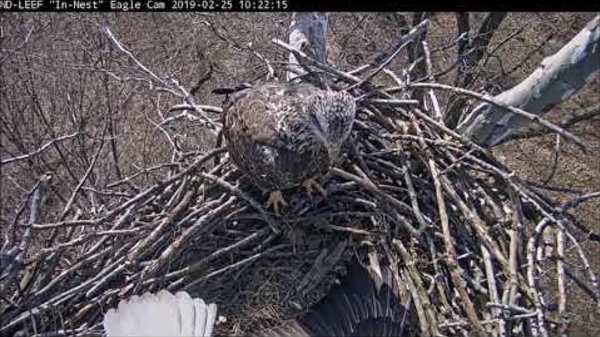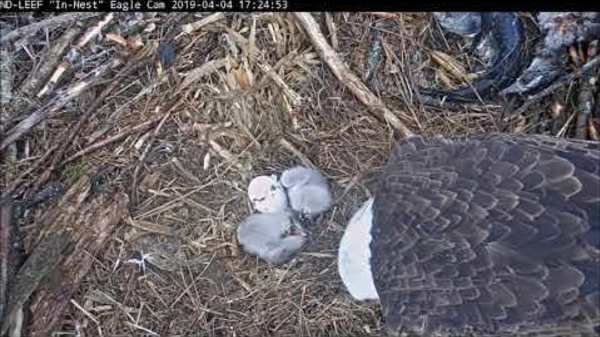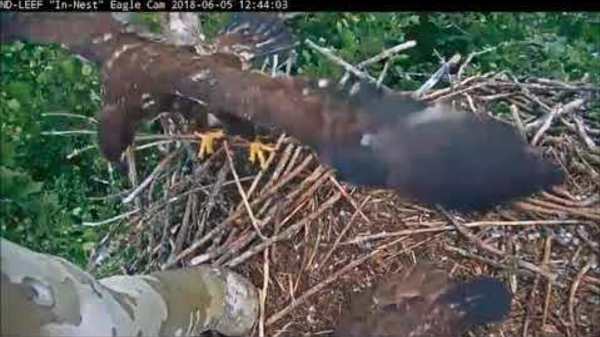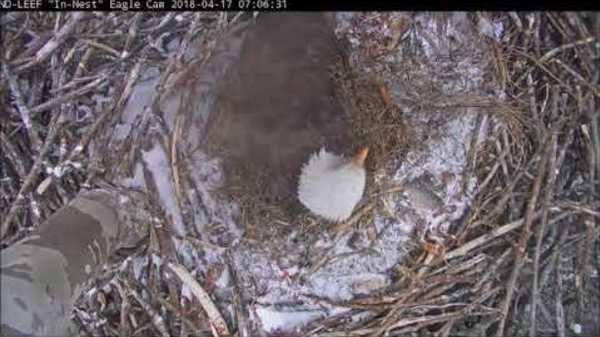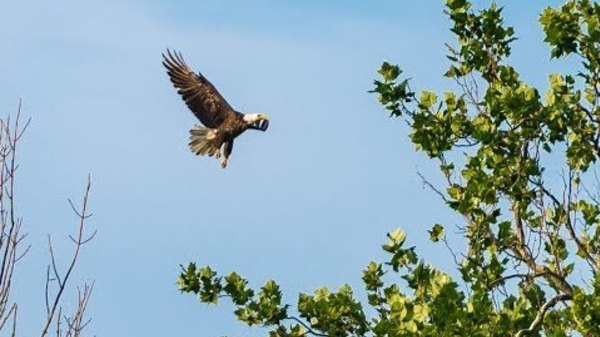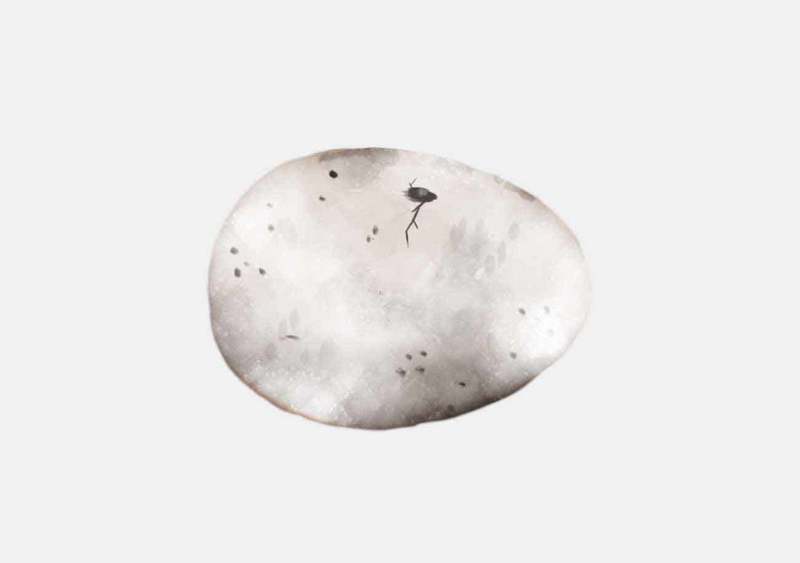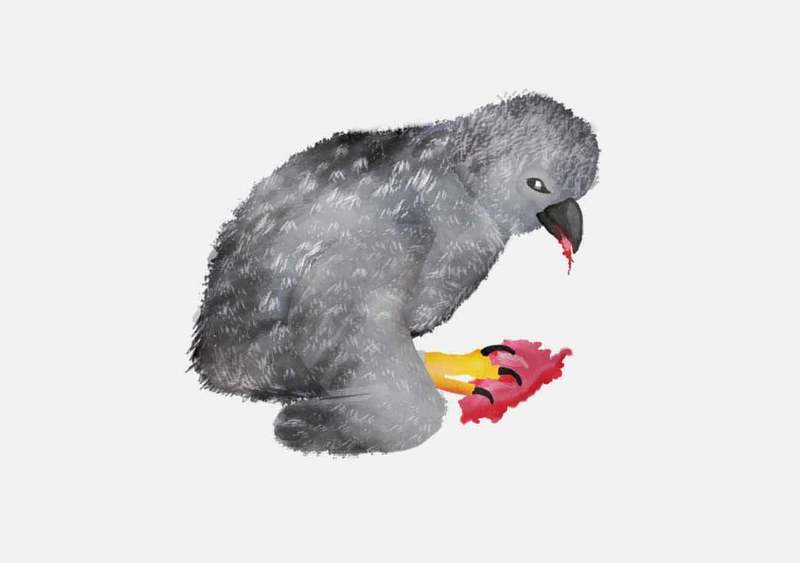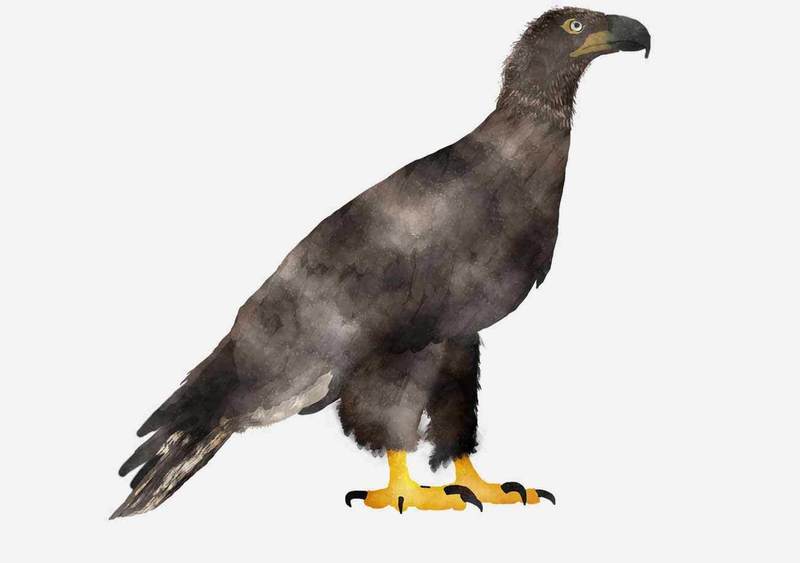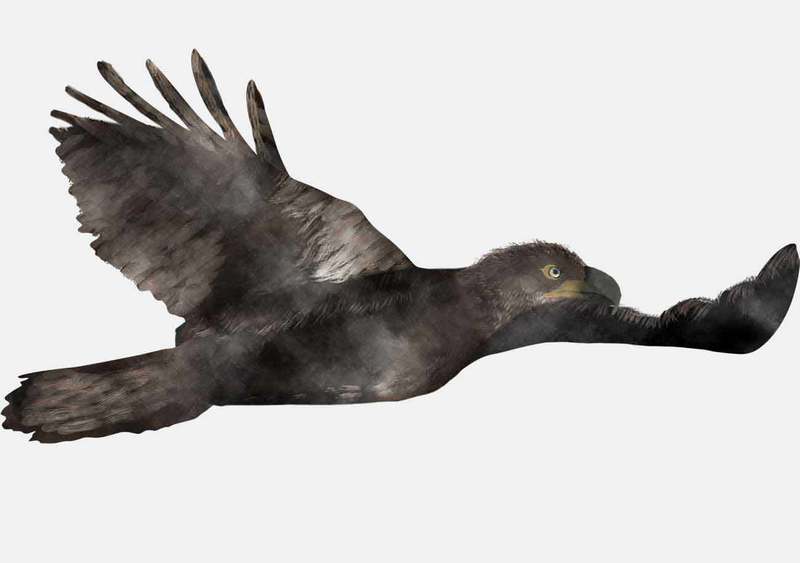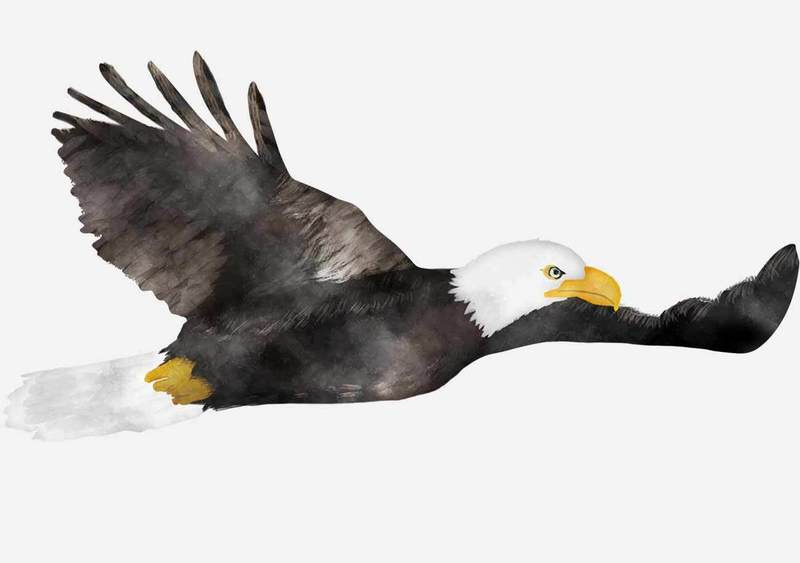Live Bald Eagle Cam
ND-LEEF at St. Patrick's County Park–South Bend, Indiana
ND-LEEF In–Nest Eagle Cam
Highlights
For updates on the eagle nest, please visit our YouTube page: www.youtube.com/watch?v=2XcF0aU0ewc
NEST HISTORY
In the spring of 2015, a bald eagle pair took over a red-tailed hawk nest at the Notre Dame Linked Experimental Ecosystem Facility (ND-LEEF) at St. Patrick's County Park and fledged one eaglet. The eagles at ND-LEEF, as well as a pair from Potato Creek State Park, were the first successful bald eagle nests ever recorded in St. Joseph County. The ND-LEEF eagles have since returned and fledged eaglets:
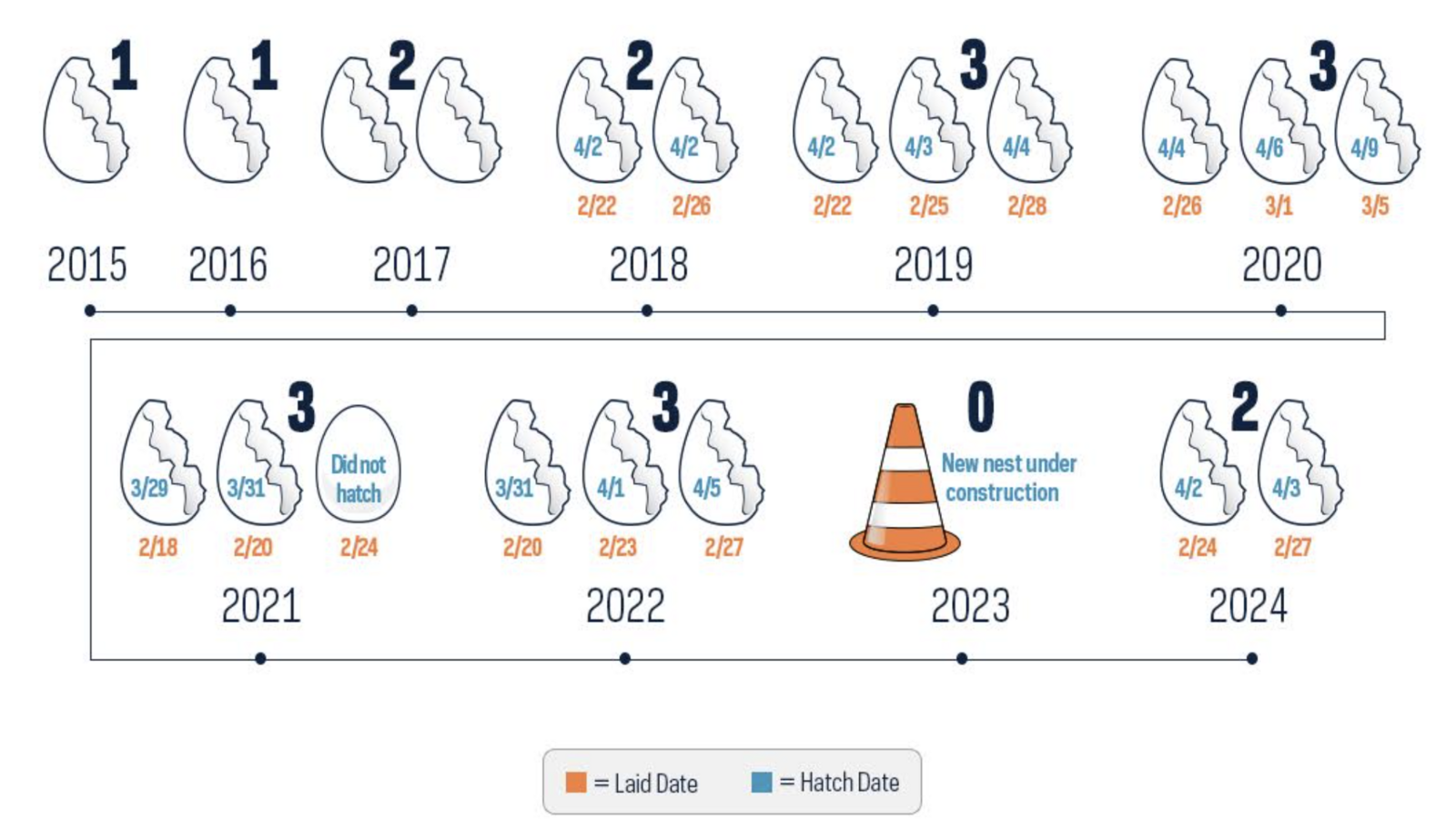
IN-NEST EAGLE CAM
The in-nest eagle camera provides a rare perspective into the day-to-day life of the bald eagles. Installed in 2017 and upgraded in 2021, the live camera was mounted above ND-LEEF's bald eagle nest, allowing viewers to watch as the nest is built, as the eggs are being laid and incubated, and as the eaglets hatch and reach the fledging stage!
The original in-nest eagle cam and supporting network infrastructure was made possible, in large part through a generous donation in memory of Jay Mayberry. The current camera was made possible through many generous Notre Dame Day donations and Davey Resource Group, who donated the services to install the new camera.
WHY NEST AT ND-LEEF
The successful nesting of the eagles at ND-LEEF over the past several years is a clear example of how the University of Notre Dame integrates scientific research with care for the environment. The quiet, natural setting and the proximity to the St. Joseph River are key factors that likely attracted the eagles to ND-LEEF. And although eagles are no longer endangered, it is still important to understand their food and habitat needs in a variety of areas so wildlife managers can ensure their continued resurgence across the United States.
Learn about the Eagles Habitat & Diet
Eaglet Development
EAGLE FACTS
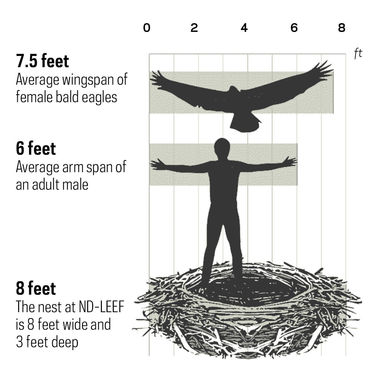
- Latin name for bald eagles is Haliaeetus leucocephalis – “white-headed sea eagle”
- Named the national bird of the United States since 1782
- Form monogamous, long-term pair bonds, returning to the same nest for several years
- Perch, roost and nest in tall trees with large rivers and other bodies of water nearby
- See fish underwater from 1.5 – 2 miles away
- Can live up to 38 years in the wild
- Males weigh 8 to 9 pounds; while females weigh 10 to 14 pounds
- Develop signature white head and tail at 4-5 years old
- Fly up to 40 mph during normal flight, but can reach speeds of 100 when diving for prey
Learn more bald eagles via the Indiana DNR and Audubon.
VISITING THE NEST
Eagles are protected by the Bald and Golden Eagle Protection Act with guidelines on minimizing nest disturbance. Therefore, people interested in viewing the nest must do so from the Morrison Education and Outreach Pavilion located on the north side of ND-LEEF. Please park your vehicles in the St. Patrick's County Park Red Barn parking lot and walk to the Morrison Family Pavilion, entering from the path from the north of the pavilion. VIEW MAP
Construction
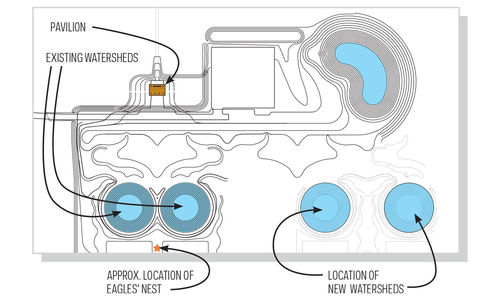
ND-LEEF completed construction of two new watersheds in the Fall 2020. This expansion doubled ND-LEEF's capacity, allow the facility to host additional researchers, and support more education and outreach.
The new watersheds were shifted about 300 feet east of where they were initially planned to minimize any disturbance made to the nesting locations of bald eagles that return to ND-LEEF each spring.
EAGLE EVENTS
The arrival of the bald eagle pair at ND-LEEF continues to grow community engagement and education opportunities. For instance, the public is invited to view and learn about the eagles through events such as Breakfast with Eagles and ND-LEEF’s annual Science Sunday. These events enable participants the opportunity to climb in a life-size bald eagle nest, try on fabric eagle wings and observe the nest via binoculars or spotting scope, and more!
JOIN #NDEAGLEWATCH
See any exciting action in the nest? Join our conversations via @NDLEEF on Twitter and the chat feature on YouTube! Make sure to follow these pages and share using #NDEagleWatch.
